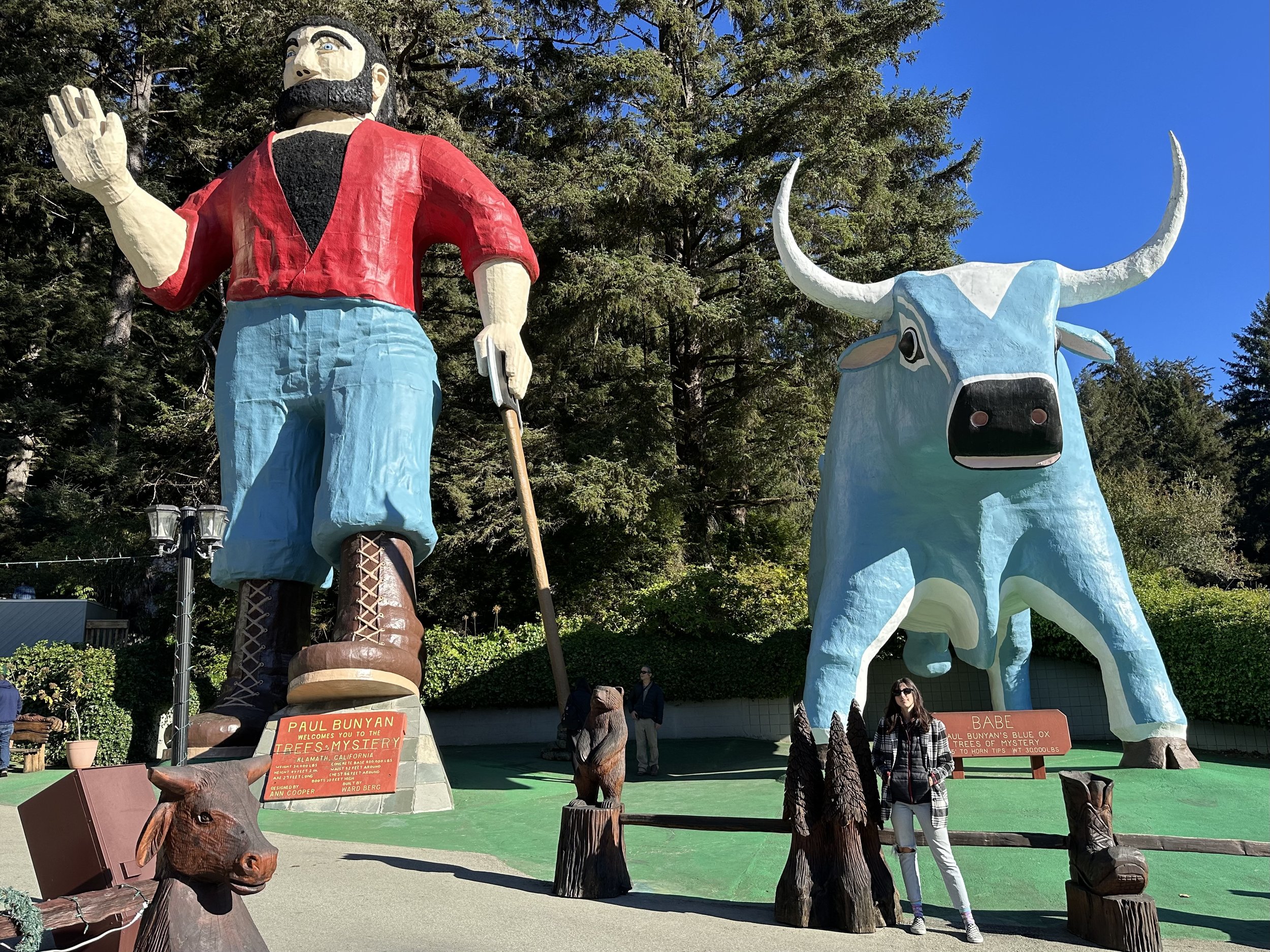
Trees of Mystery
Adults: $25 ; Seniors: $23 ; Children: $13
The Trees of Mystery on the Redwoods Highway, just north of Klamath is an absolute must visit. The very first time I saw a towering Coastal Redwood I asked my wife, “is there a way to be up in the tree?” The answer is yes, and it’s found at Trees of Mystery which has the amazing Redwood Canopy Trail.
The Redwood Canopy Trail takes you through 8 aerial netted suspension bridges and 10 wooden platforms 50 to 100 feet off the forest floor at mid canopy level. You feel like an Ewok as you gaze at the huge and tall beautiful old growth trees that surround you. It truly is the best way to experience the Redwoods, especially after days of hiking around their bases.
There’s also a gondola that’s supposed to be amazing but it was broken when we went, unfortunately. It’s an 8-10 minute ride through the tops of the trees that lets you see a mountain top ocean vista at its zenith. I wish it had been open.
One of the largest living things in the world is found at the Trees of Mystery; The Brotherhood Tree. It was named in hope for the brotherhood of man. I believe more people need to see it. The tree is 19 feet in diameter, 60 feet in circumference, 297 feet tall, and over 2,000 years old. It truly is a sight to behold. In the 1950s, the surrounding trees were all logged but for some reason the Brotherhood Tree was spared.
There’s also a group of nine trees growing together as one known as the Cathedral Tree and there are weddings that take place at their base from time to time. It actually used to be one giant old tree that fell and now those nine trees are its descendants and are probably almost a thousand years old themselves.
The Candelabra Tree was a favorite of mine and it was formed when a Redwood fell but subsequently sent shoots of itself up the fallen trunk.
The End of the Trail Private Collection or the Indian Museum as it is known is one of the largest privately owned collections of American Indian artifacts in the American West. It is actually free to the public, you don’t even need to purchase a ticket to the Trees of Mystery. It is though, truly an impressive collection and it was a surprise highlight of the whole excursion. I could have stayed for hours in the small museum. Especially with their Anasazi, Salado, Hohokam, Ancestral Puebloan Southwestern collection.
There are also many other named and amazing trees as well as a sculpture garden of carved Redwoods at the end. The entire Trees of Mystery is a fantastic spot, although quite busy, that was one of the highlights of my time in the Redwood Empire.
See below for more information on the Coastal Redwood.
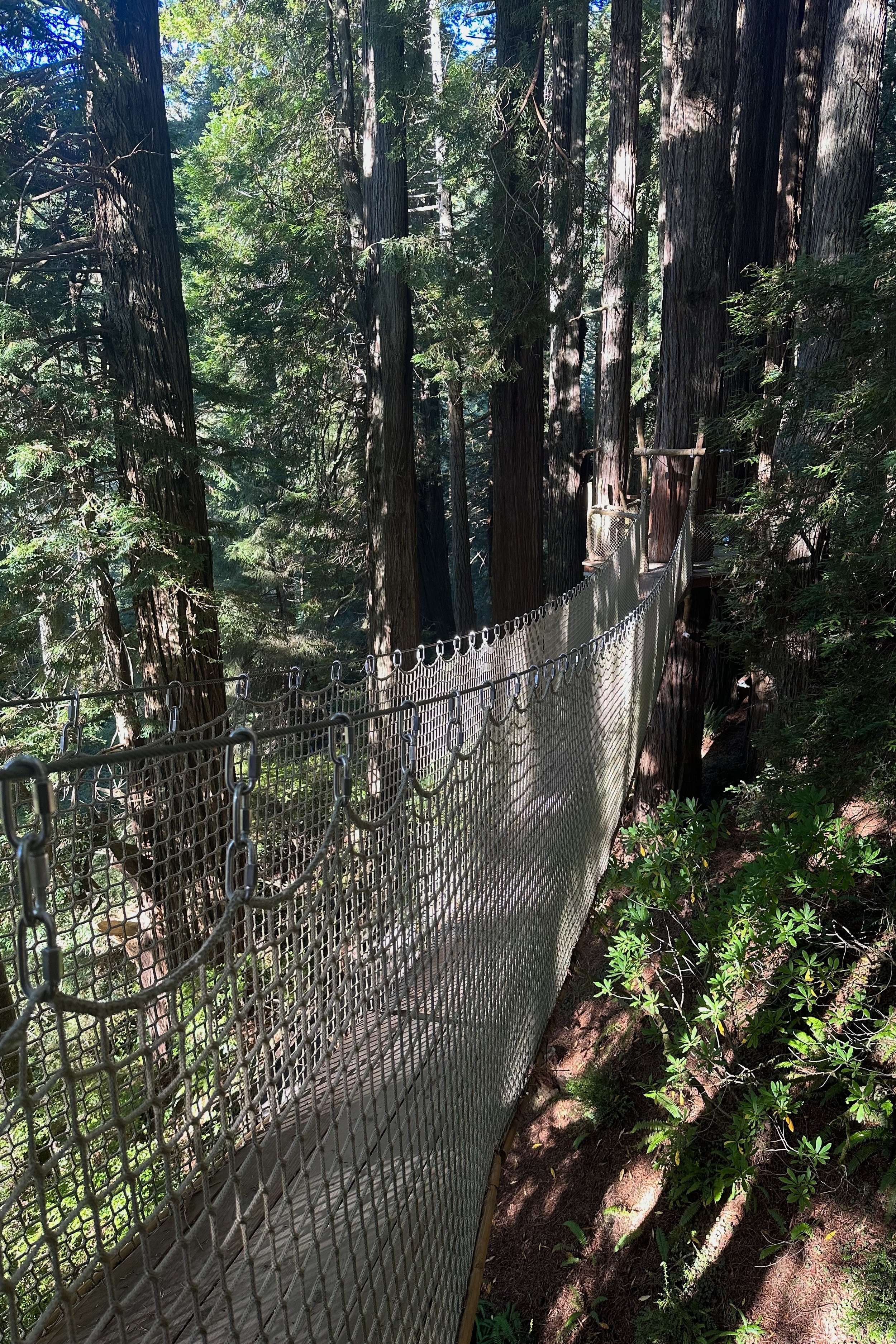
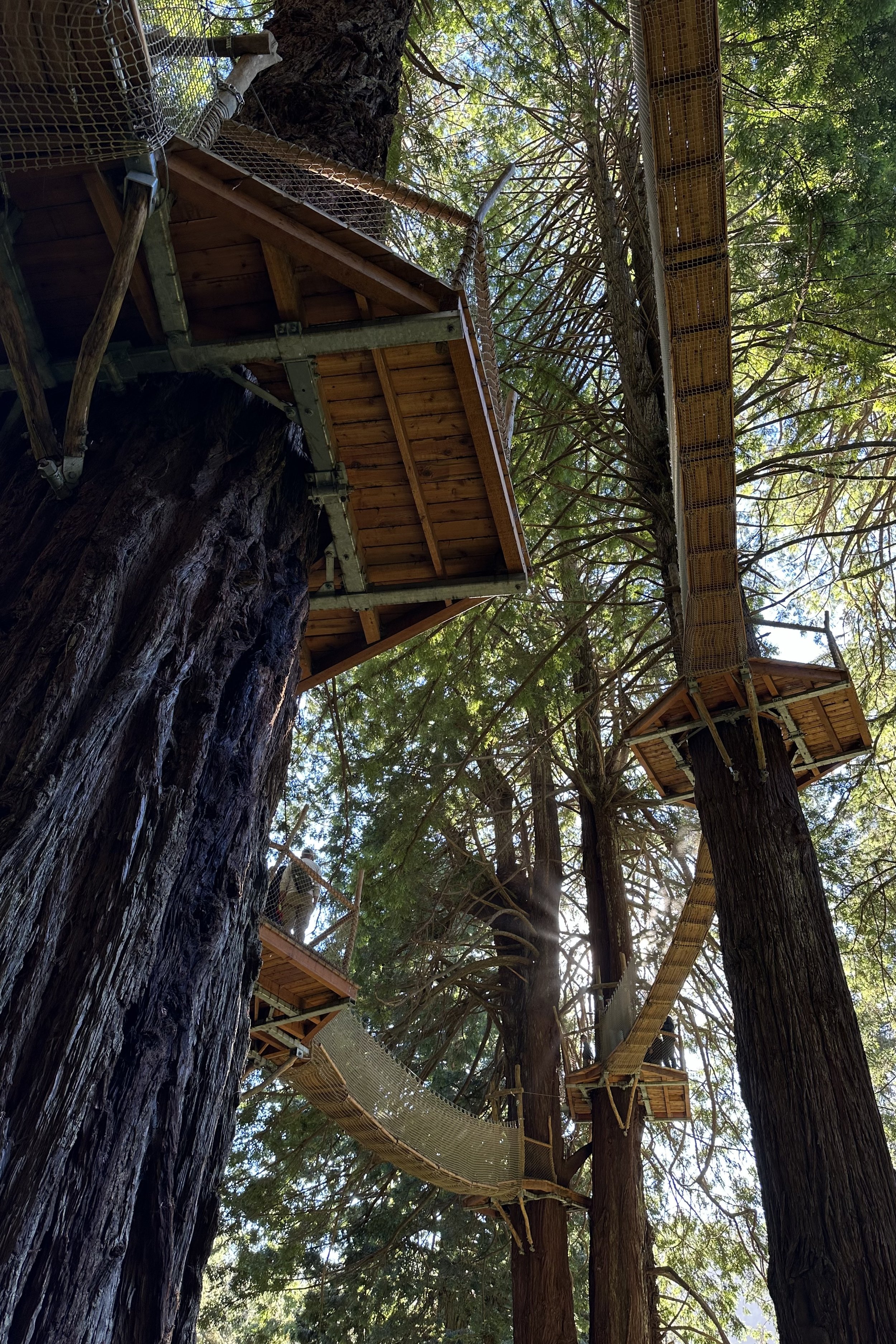
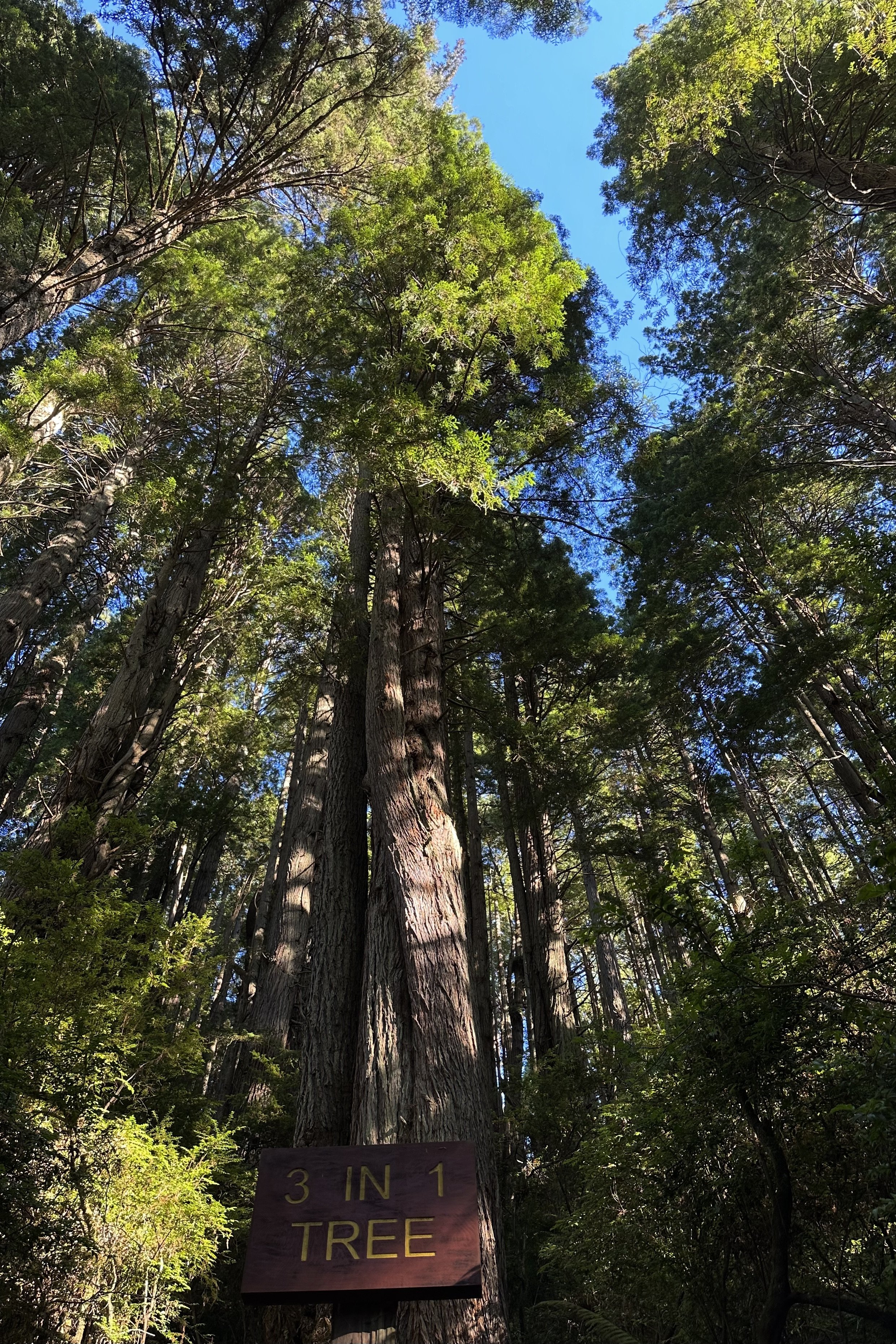
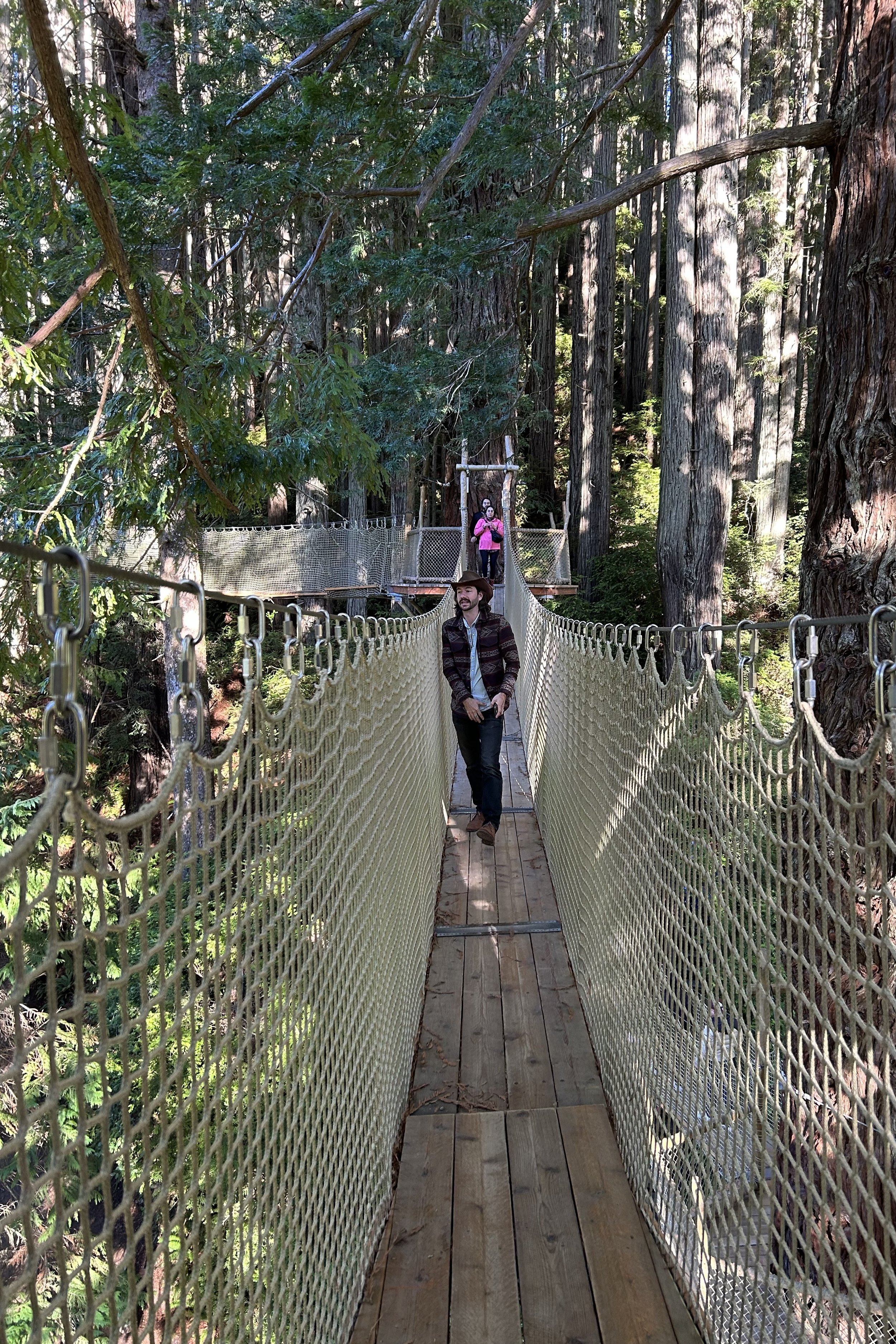

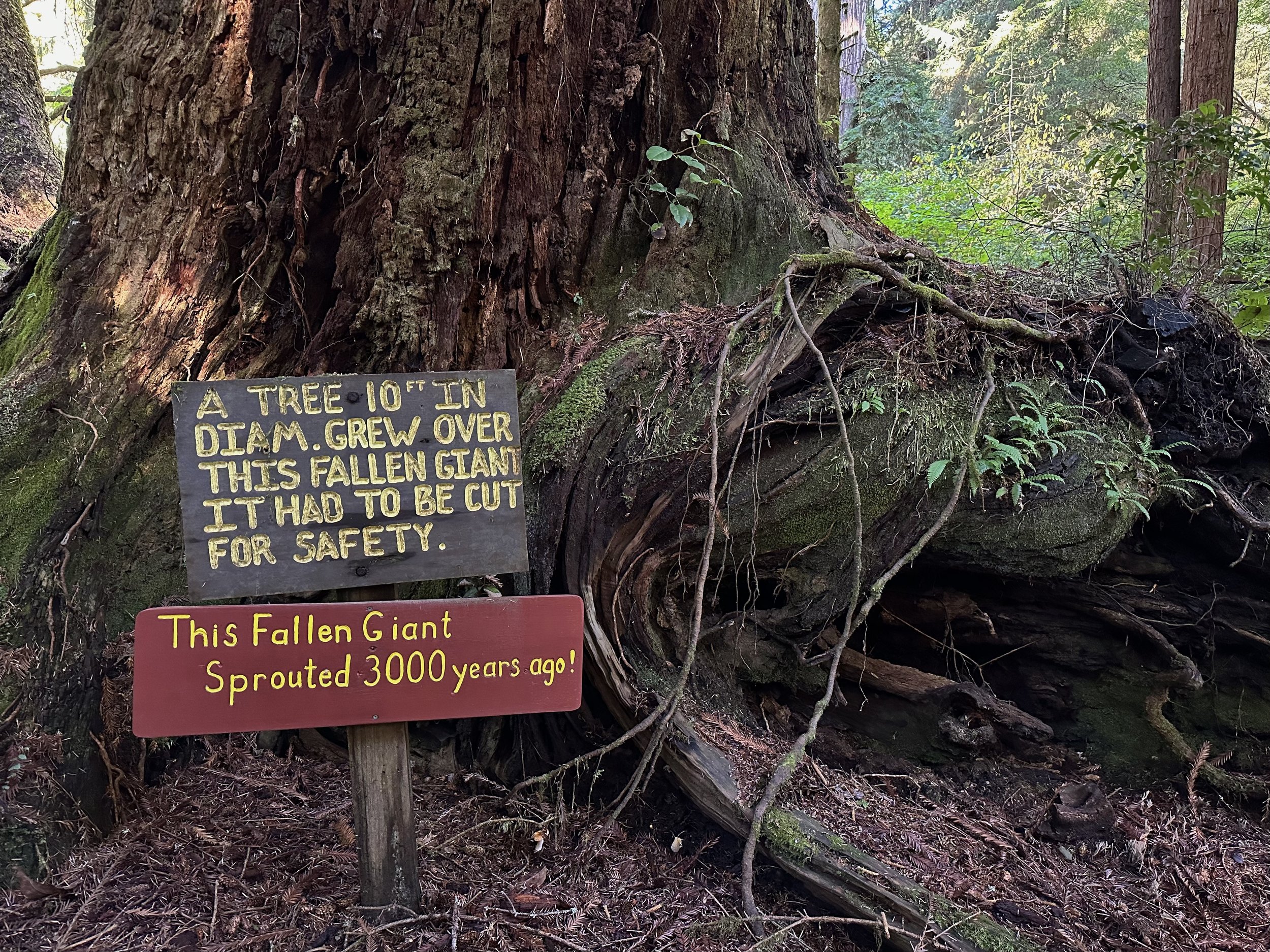

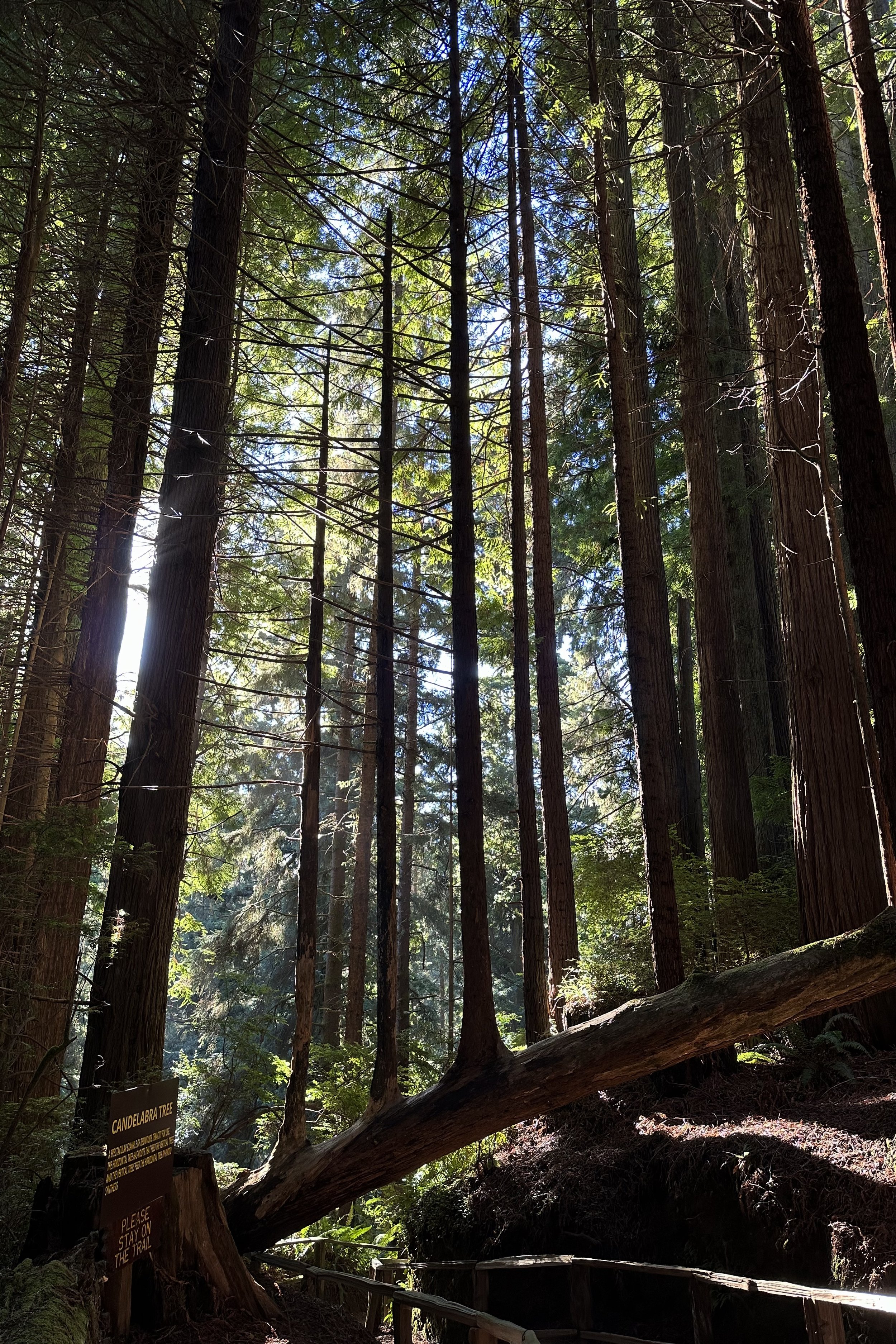
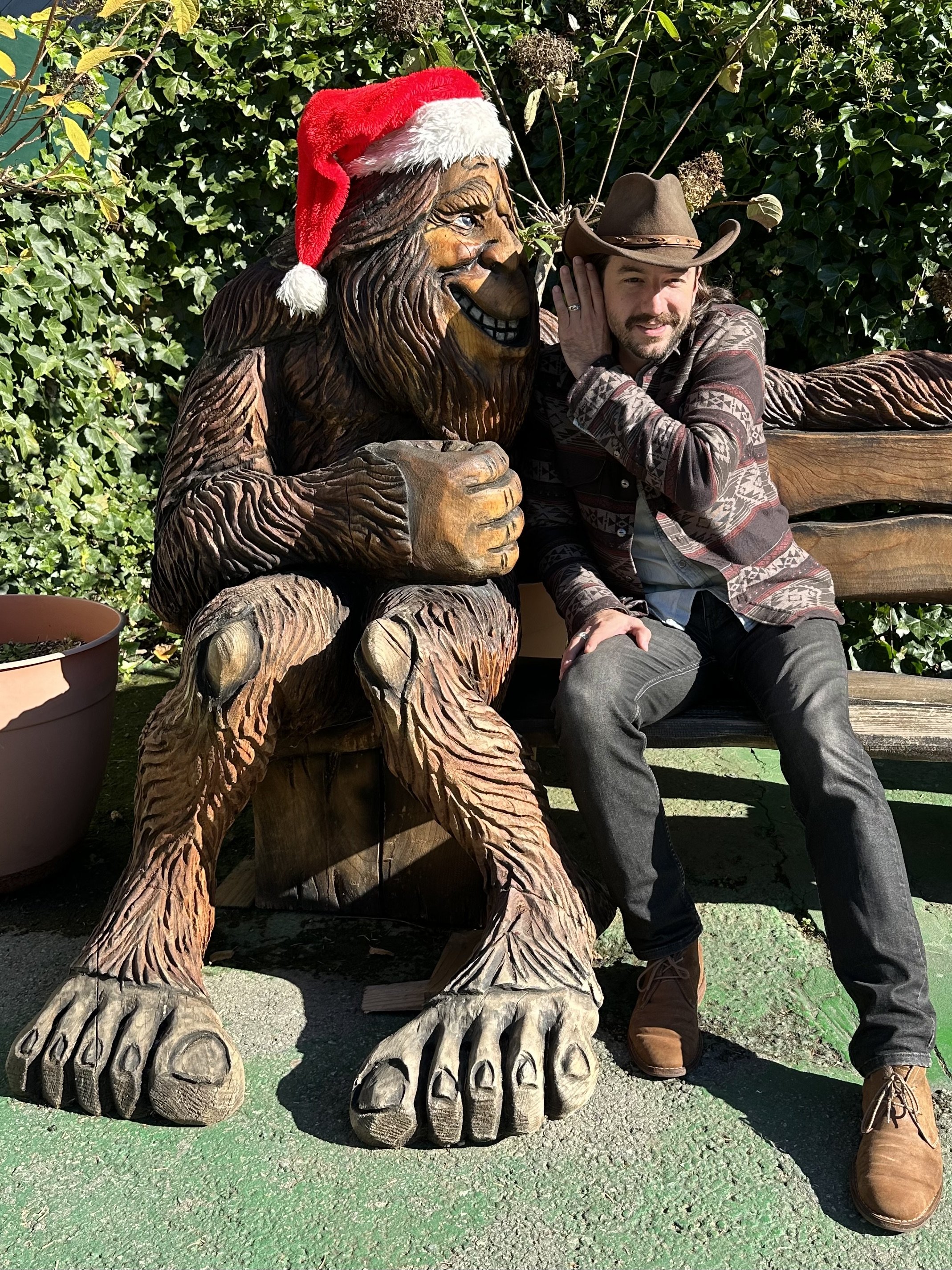
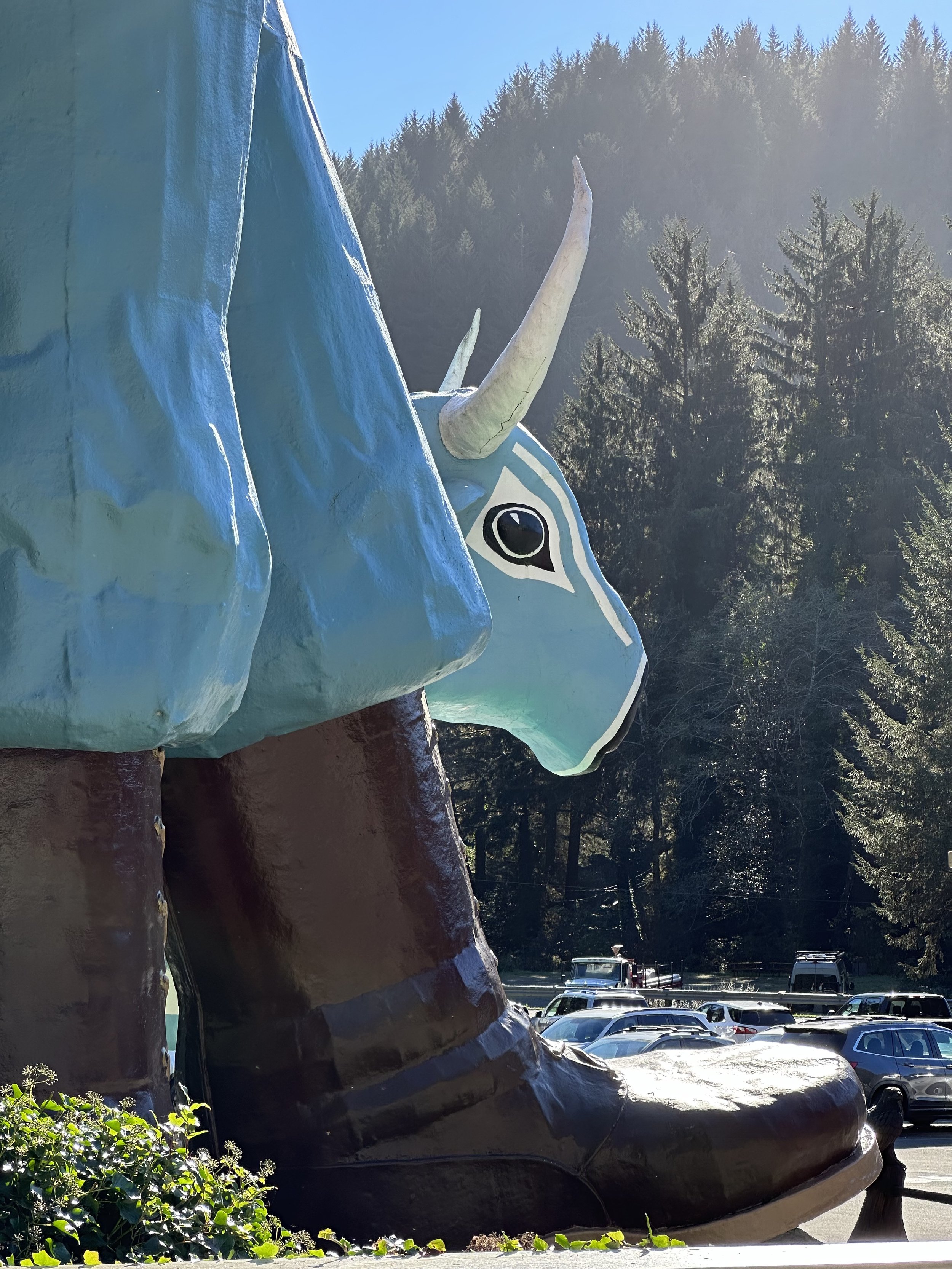
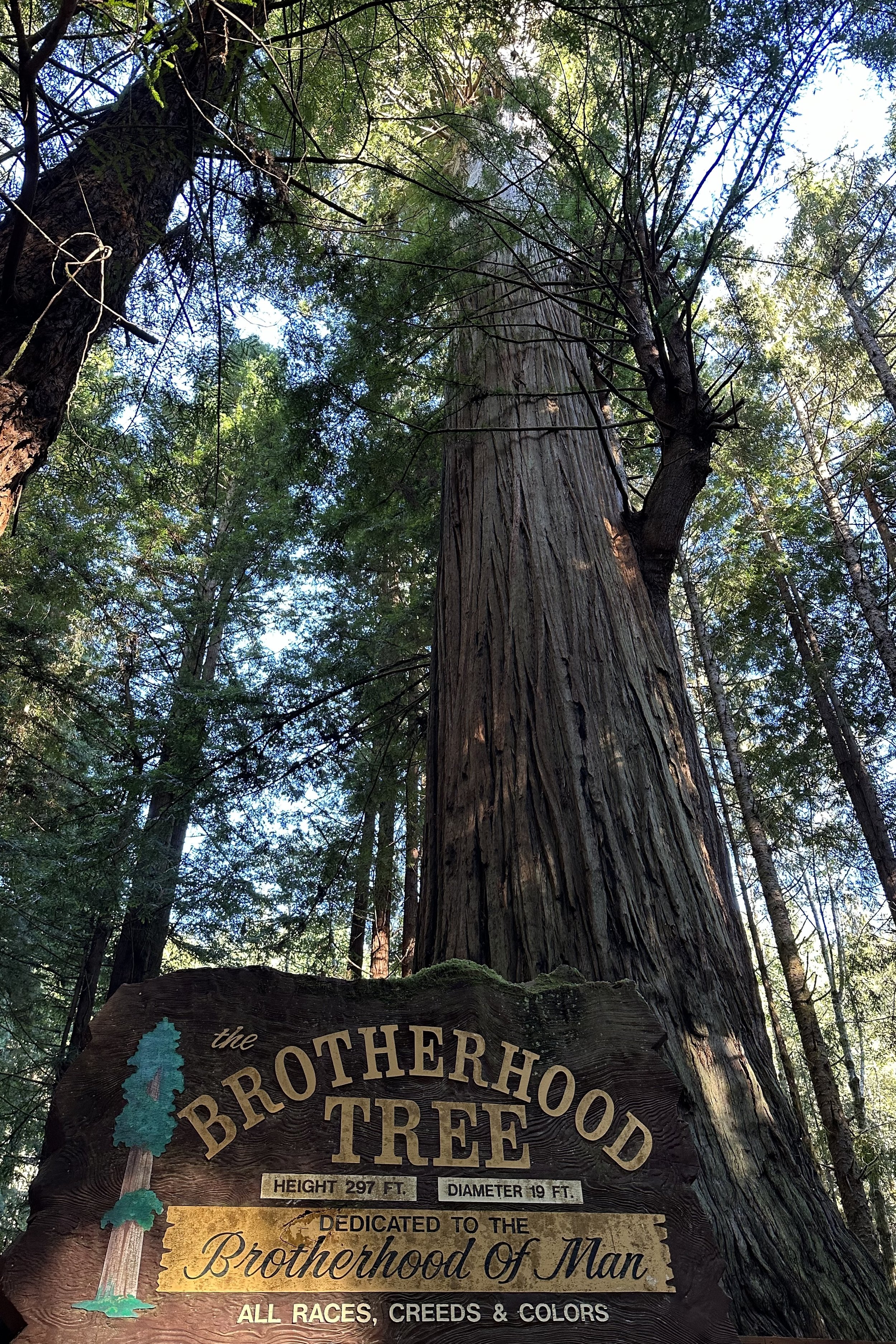
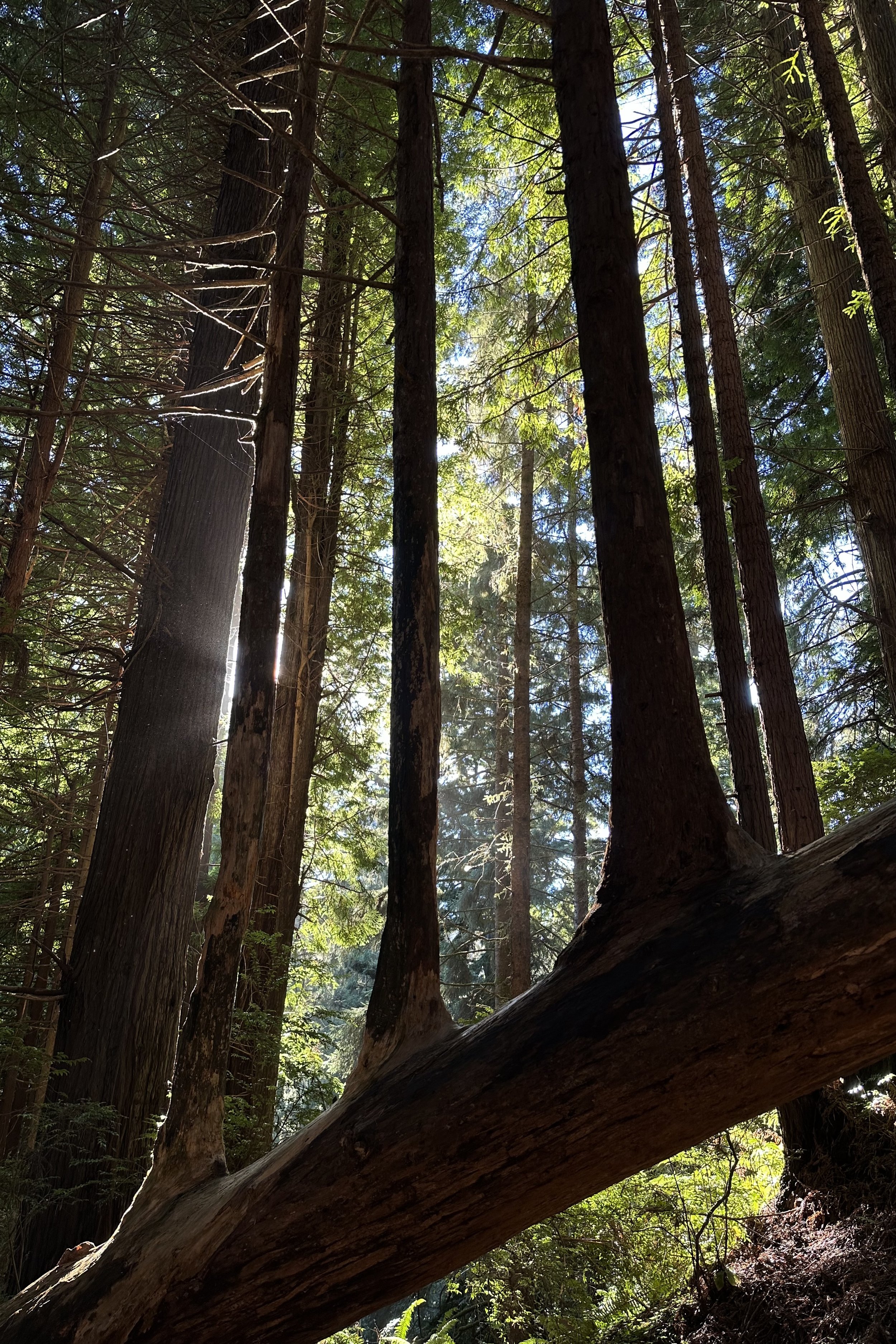
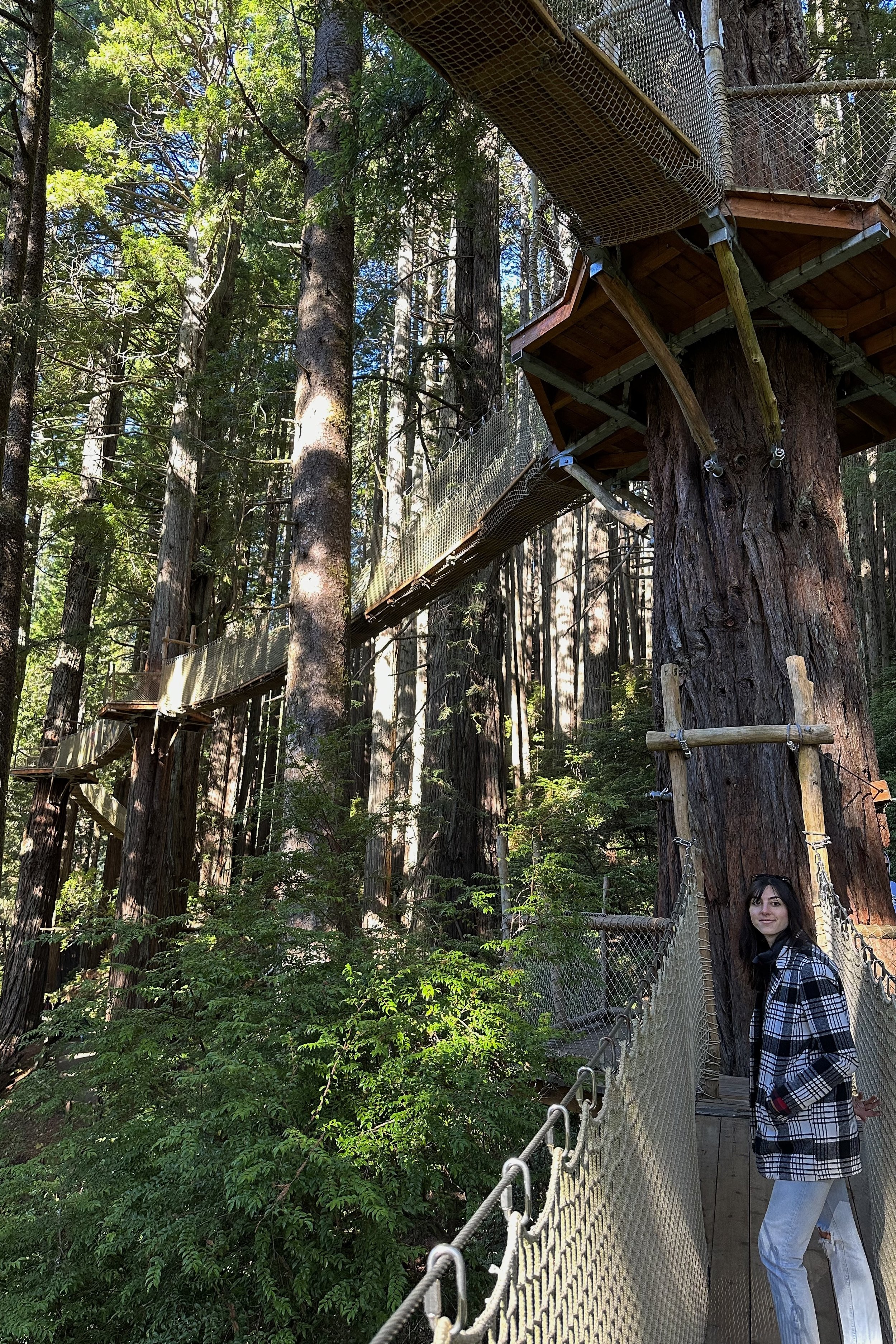
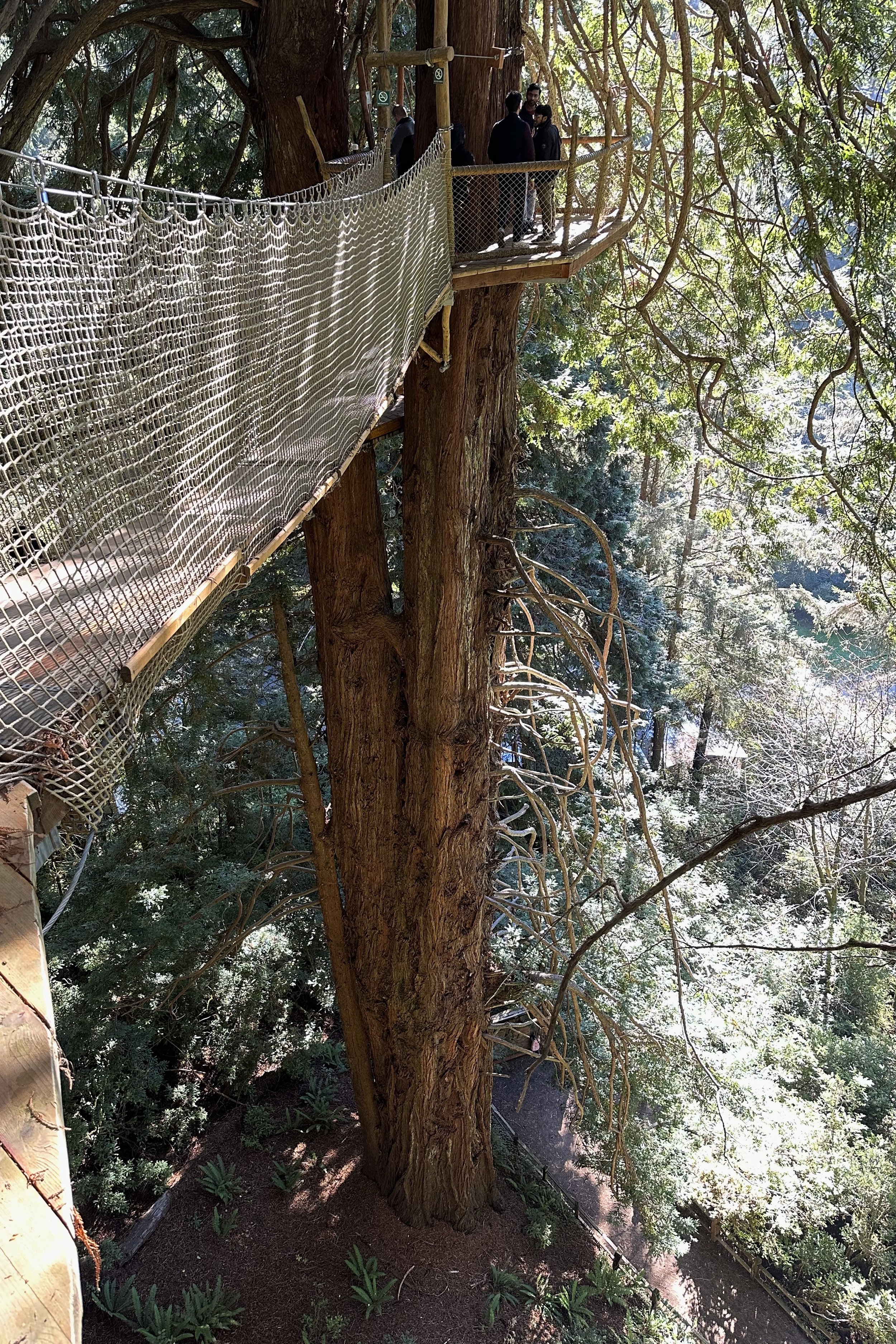
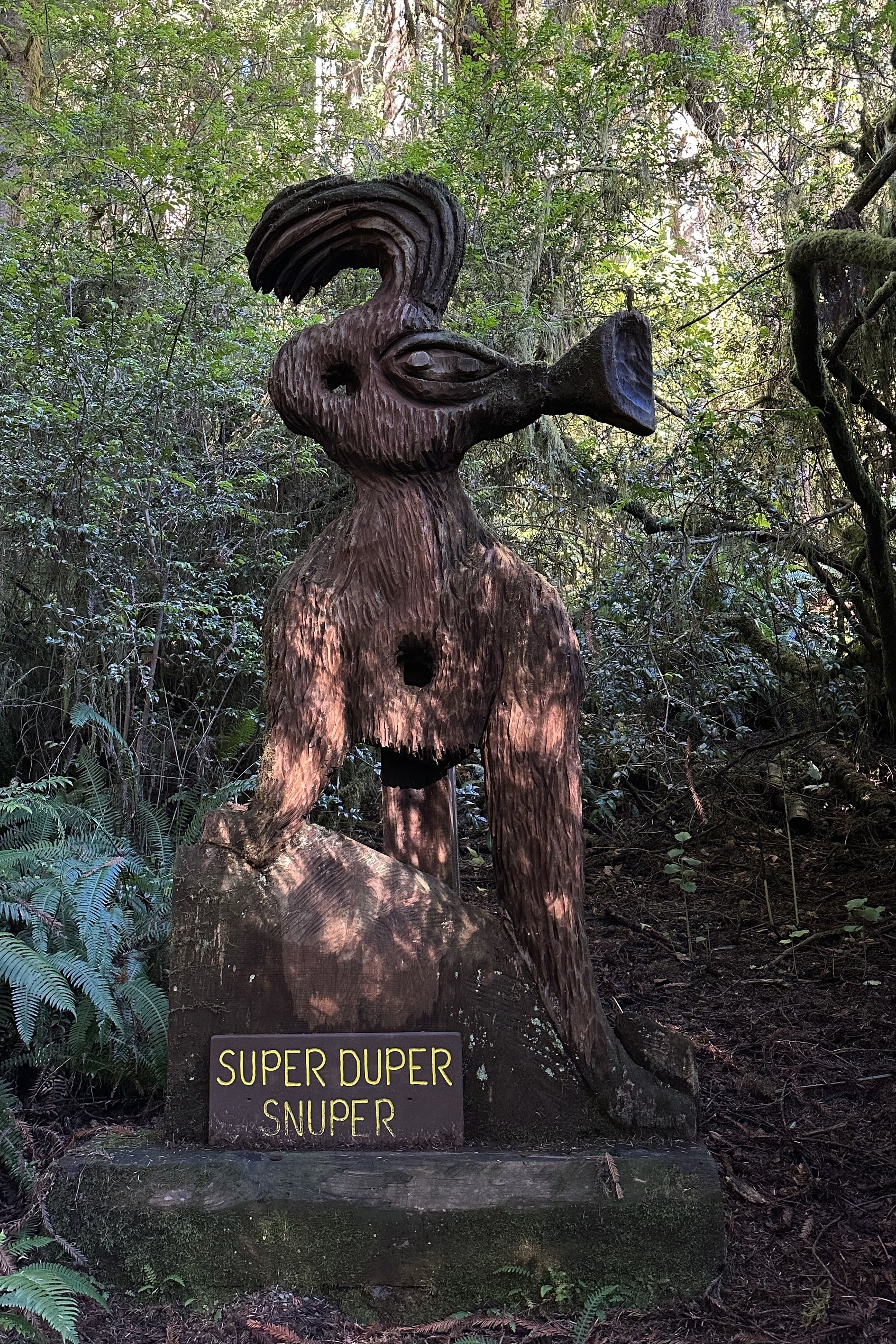
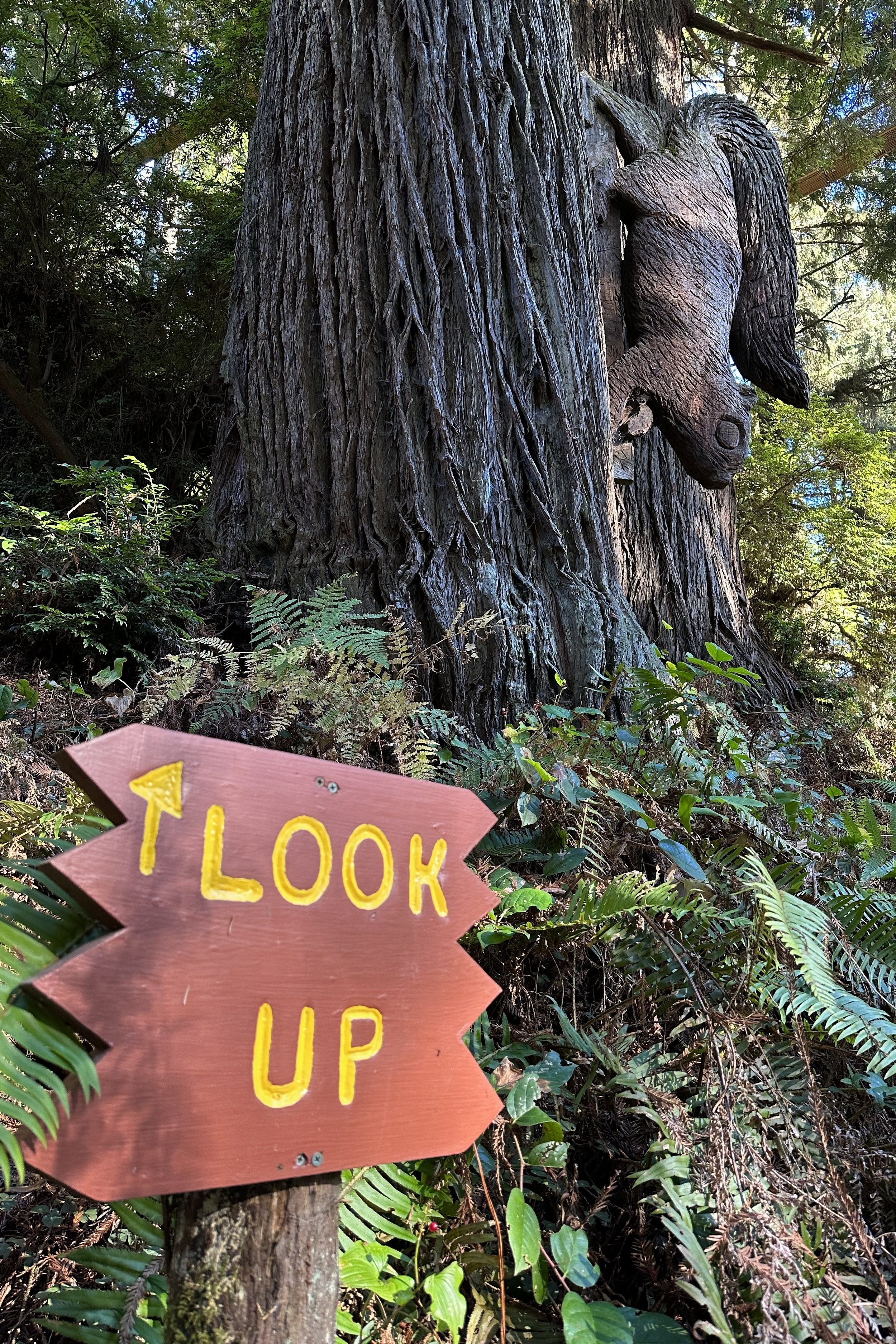
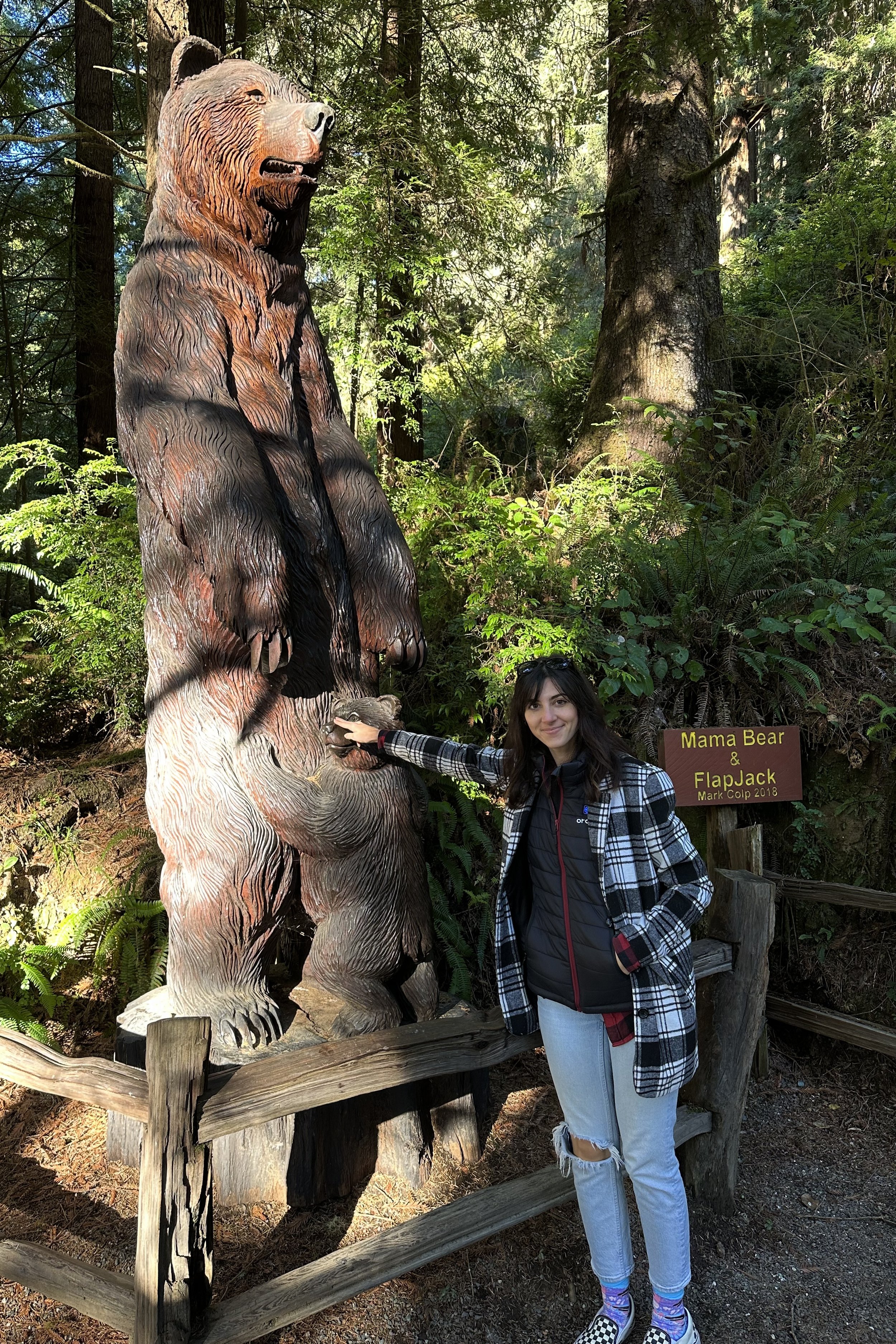
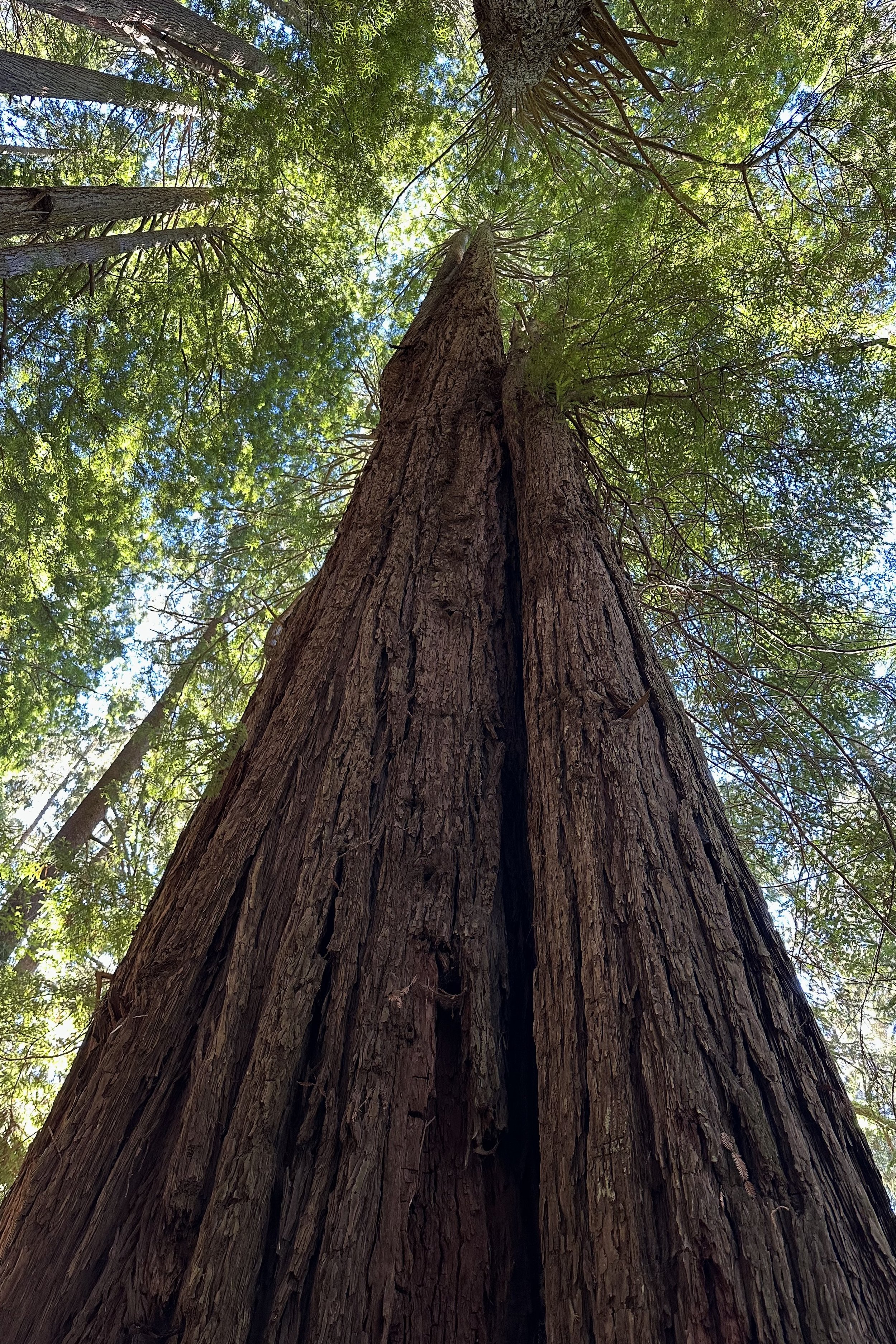
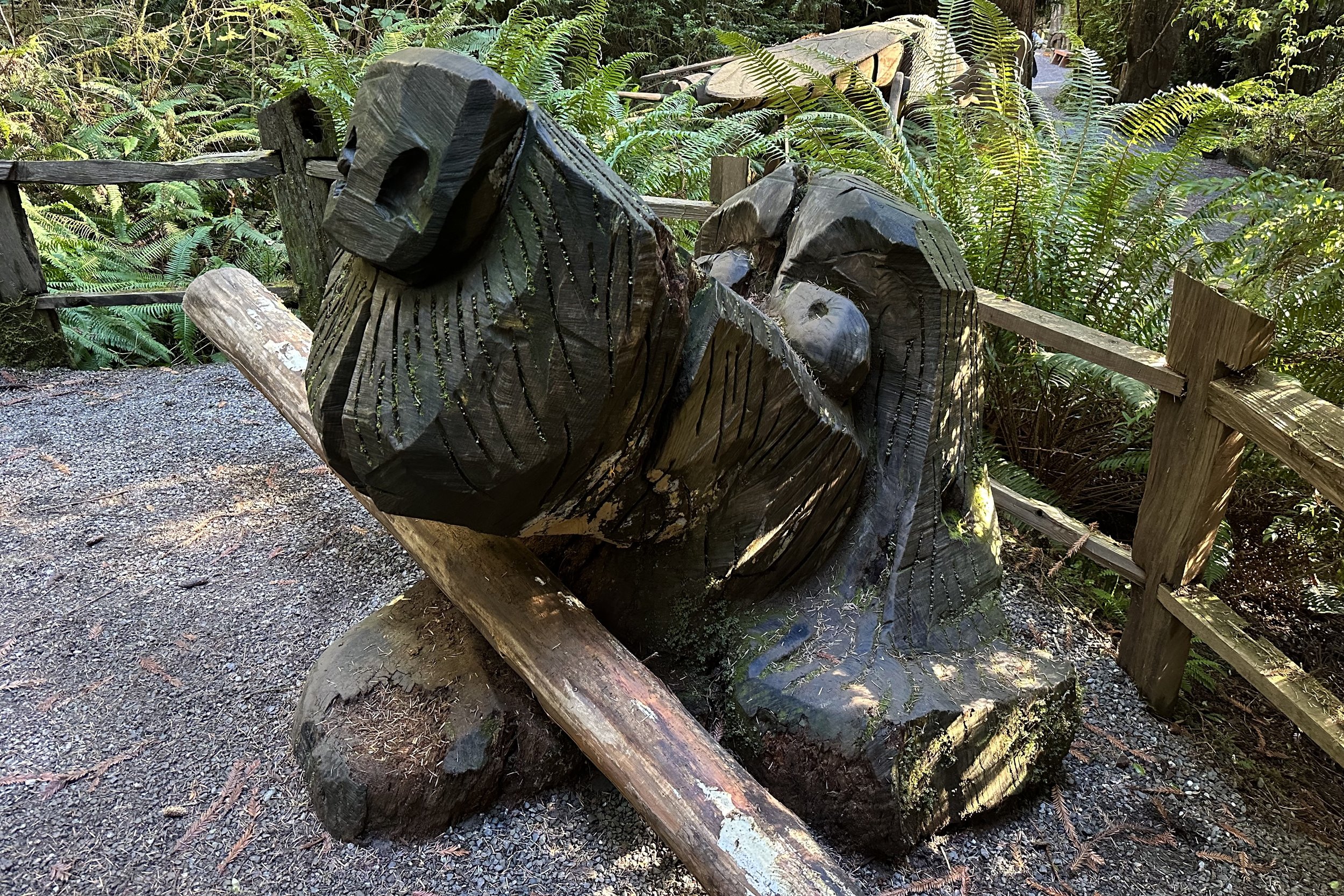
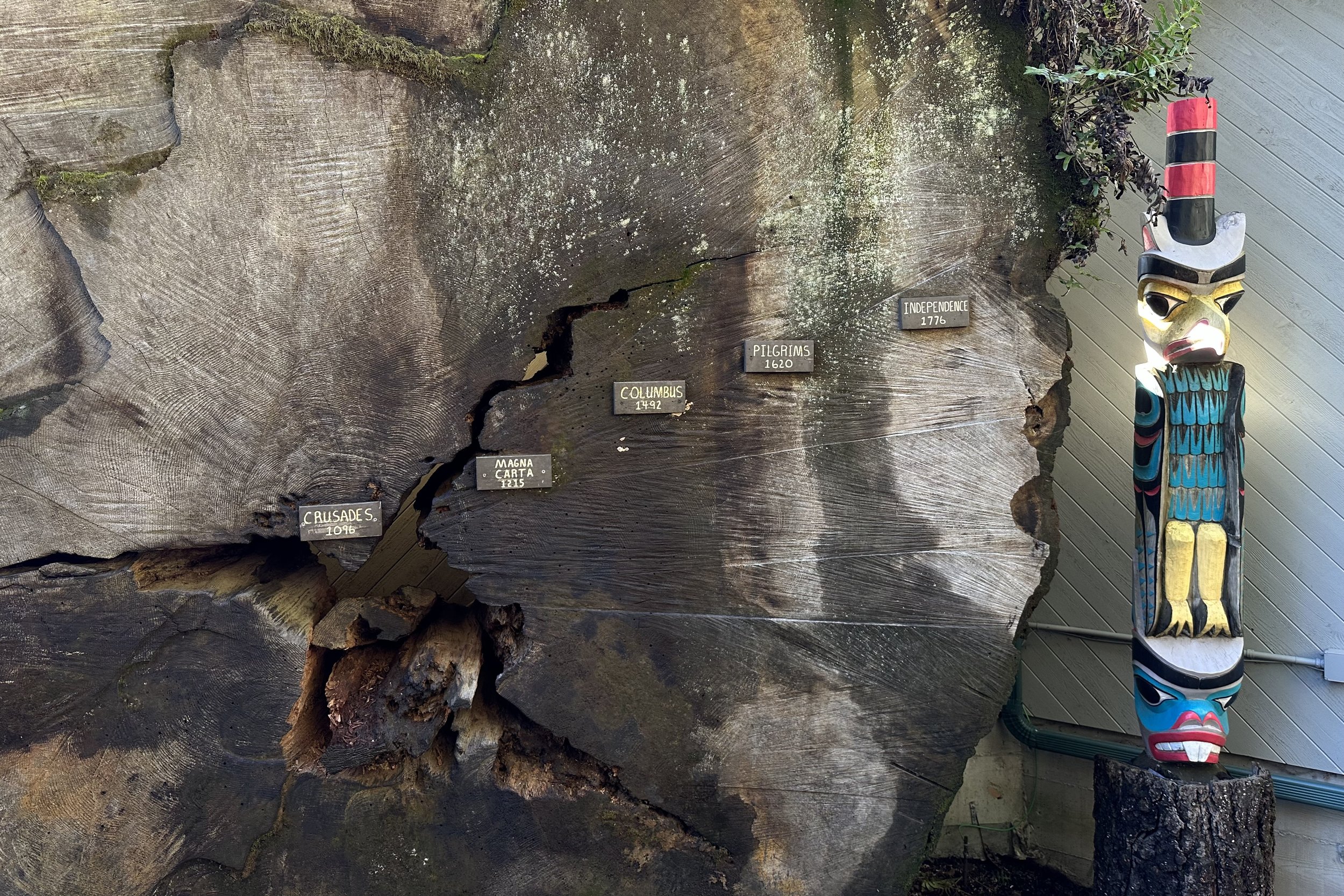
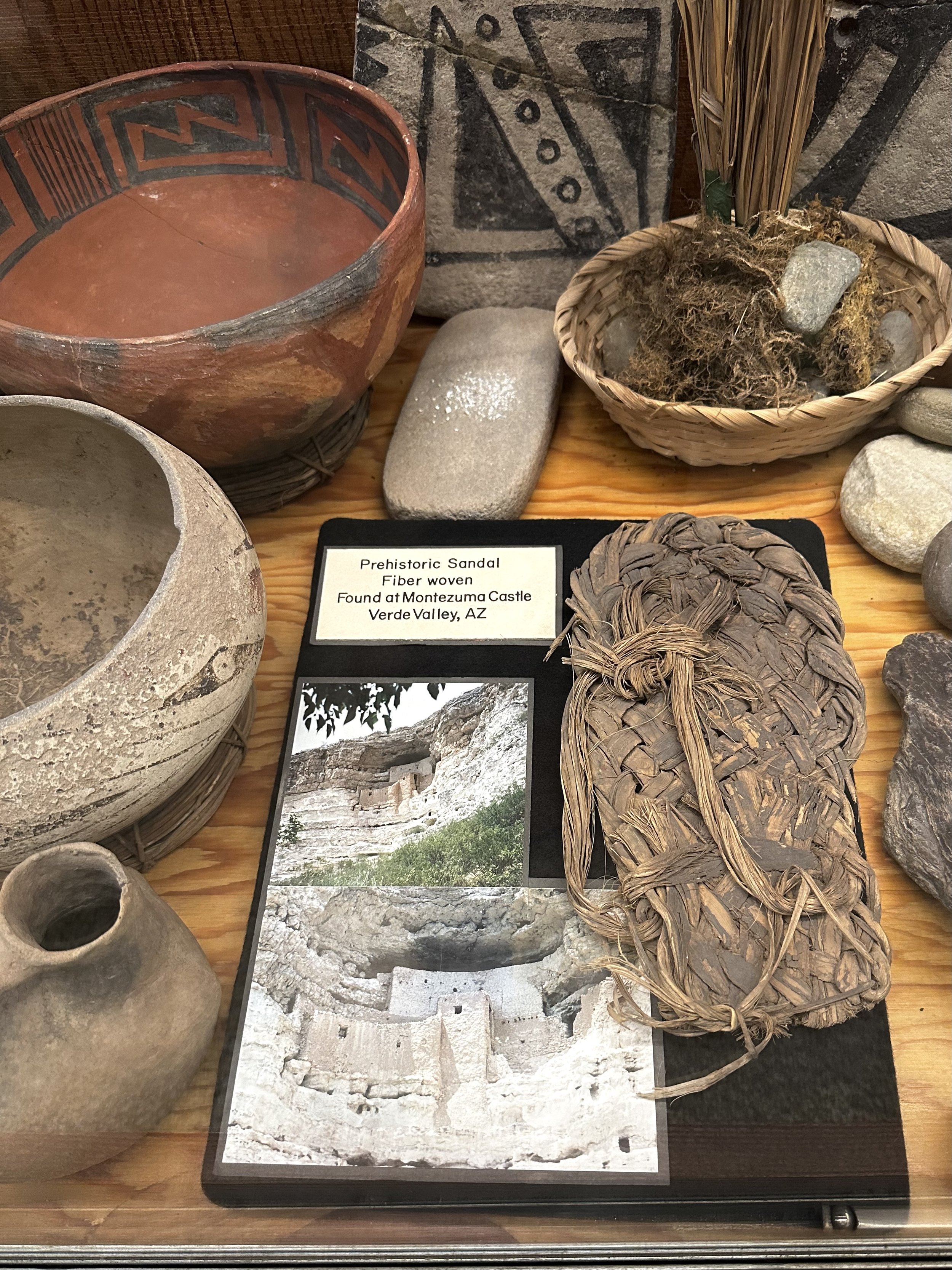
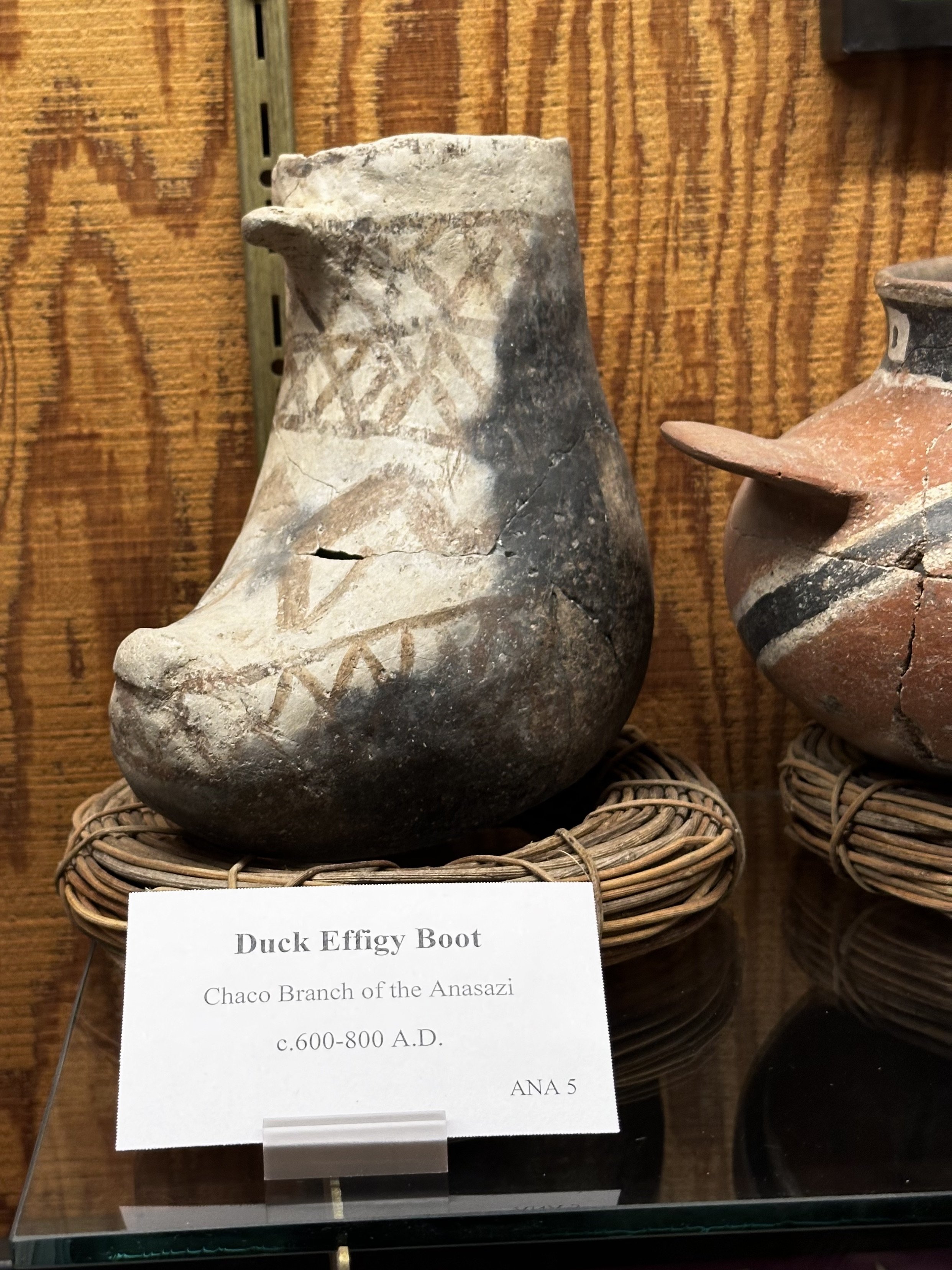
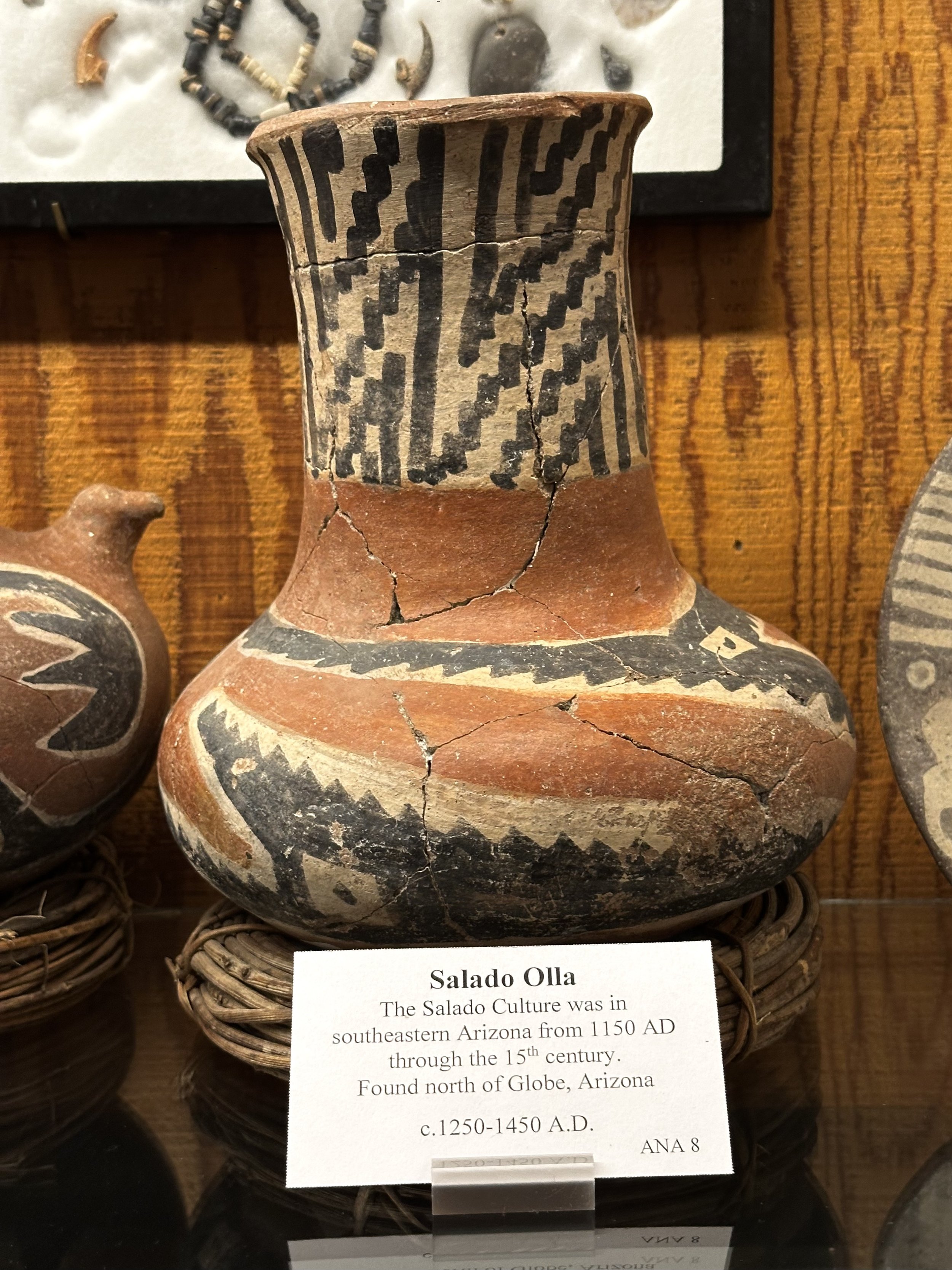

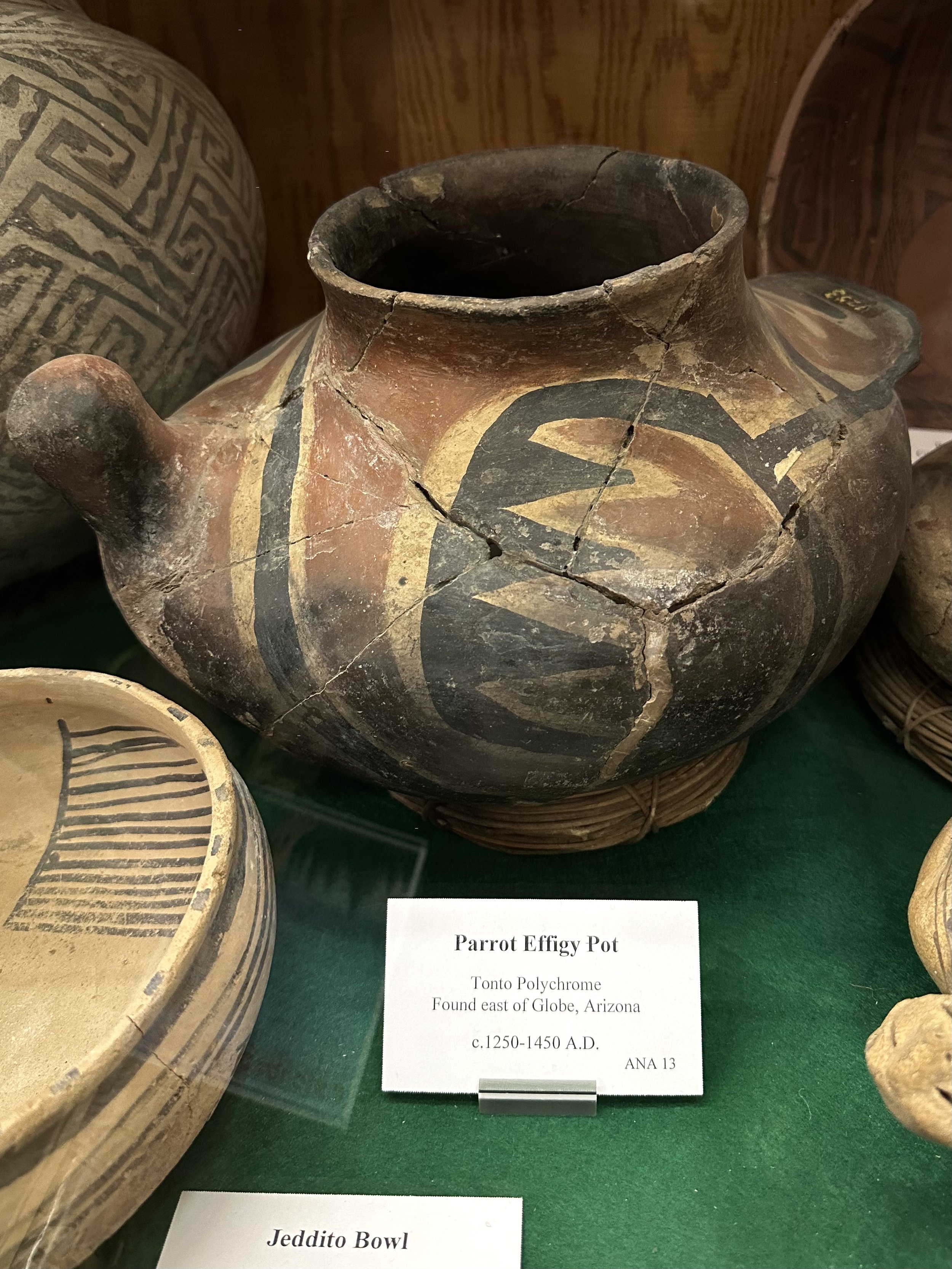


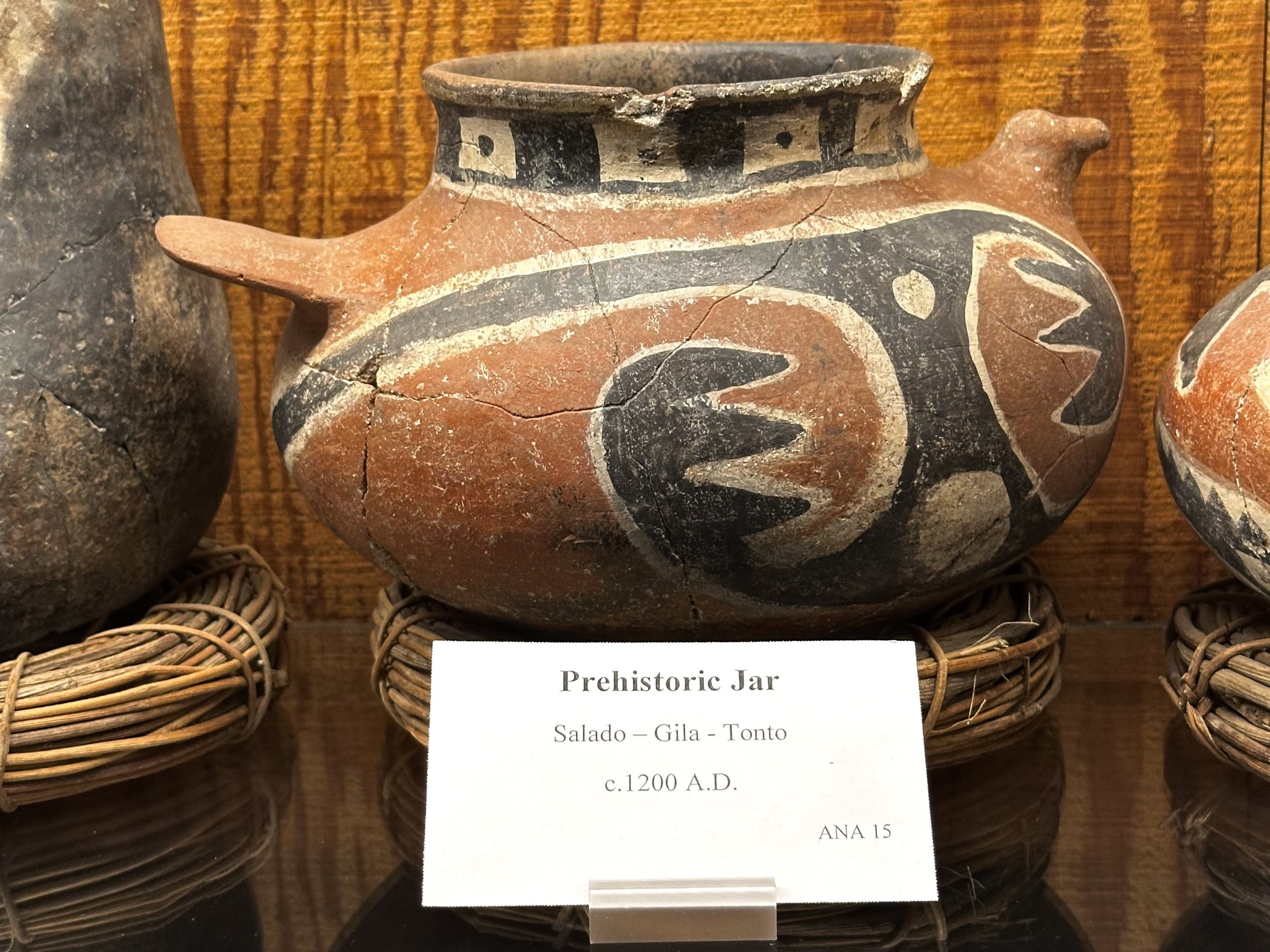
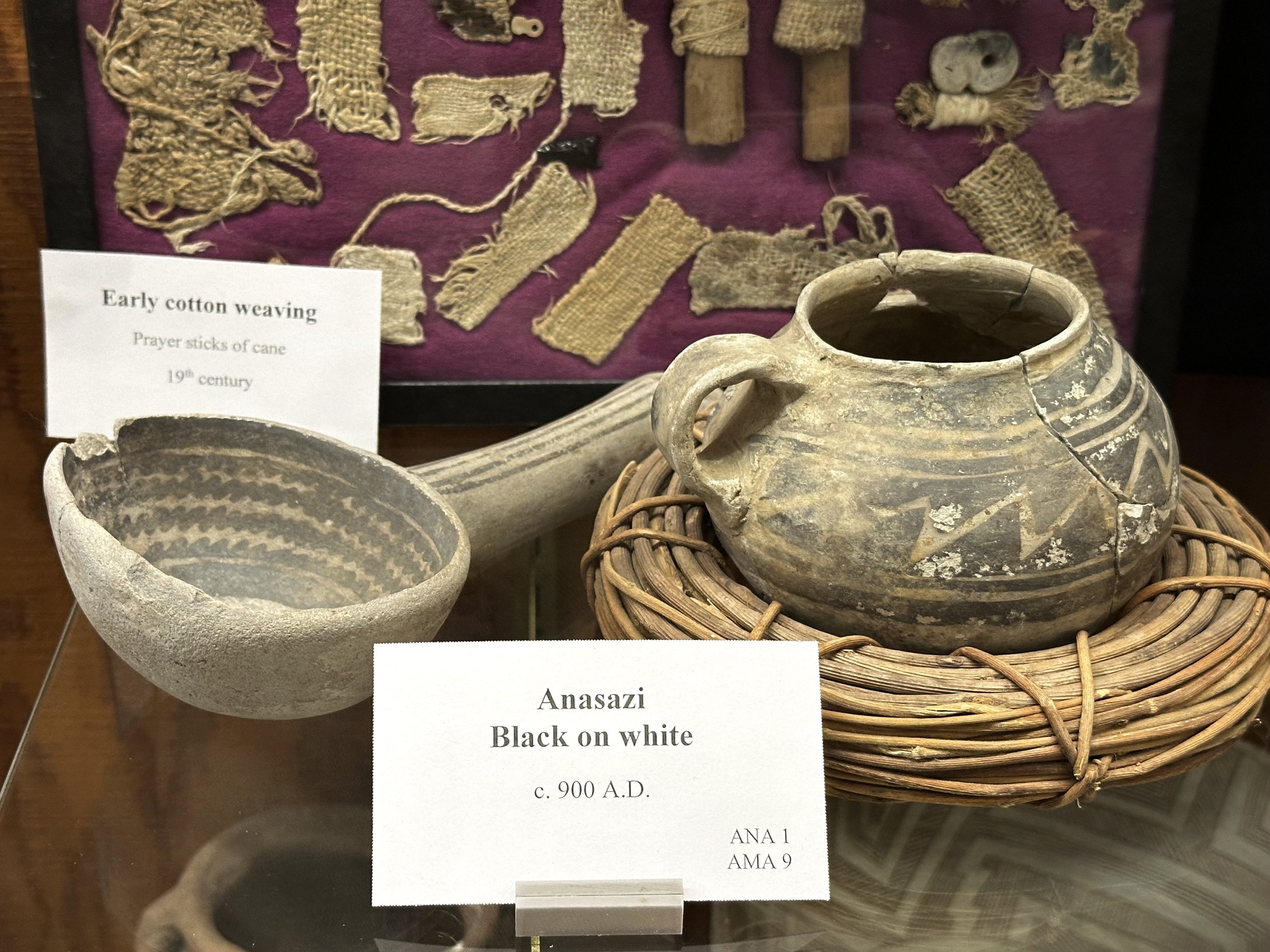
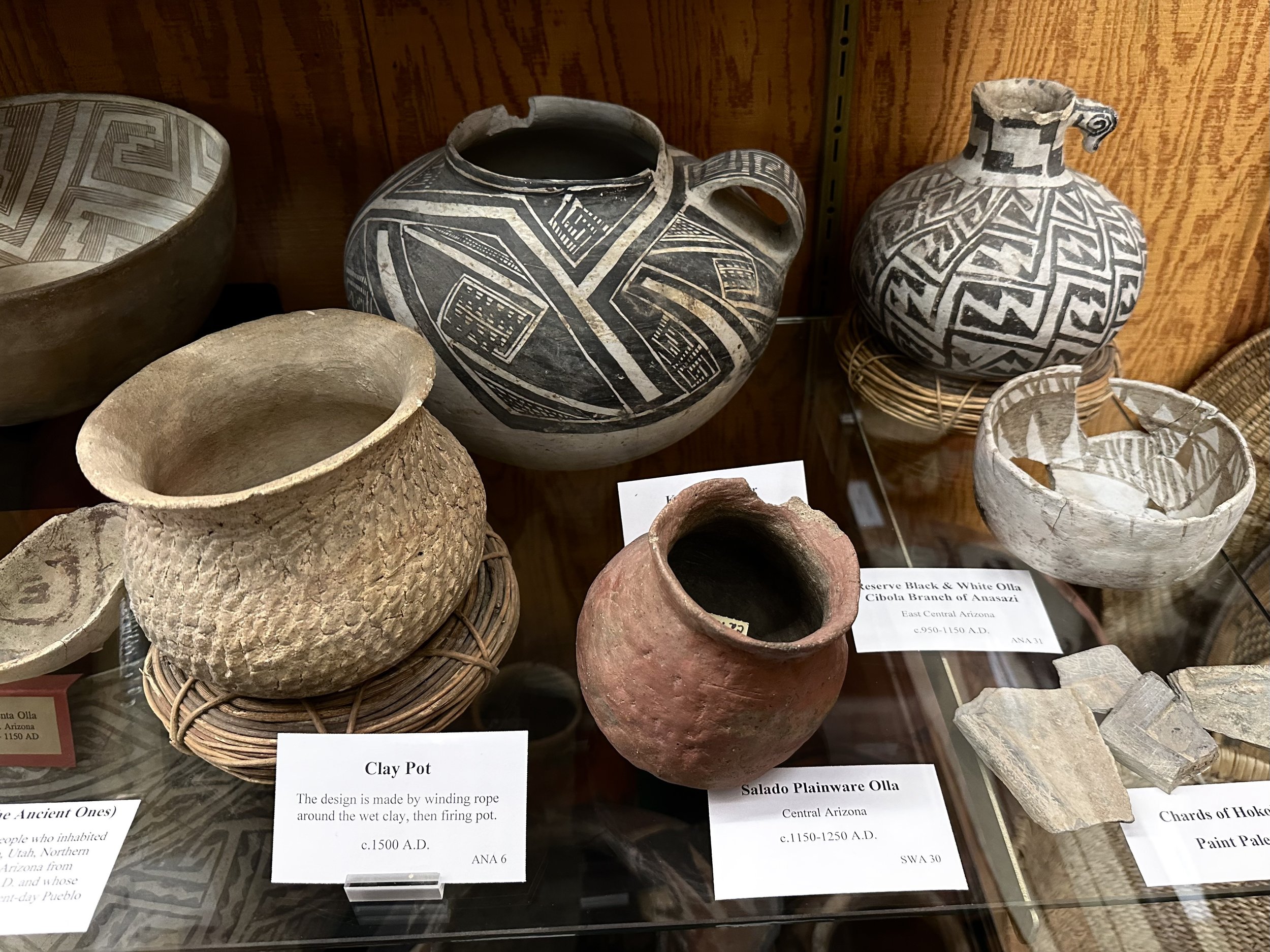
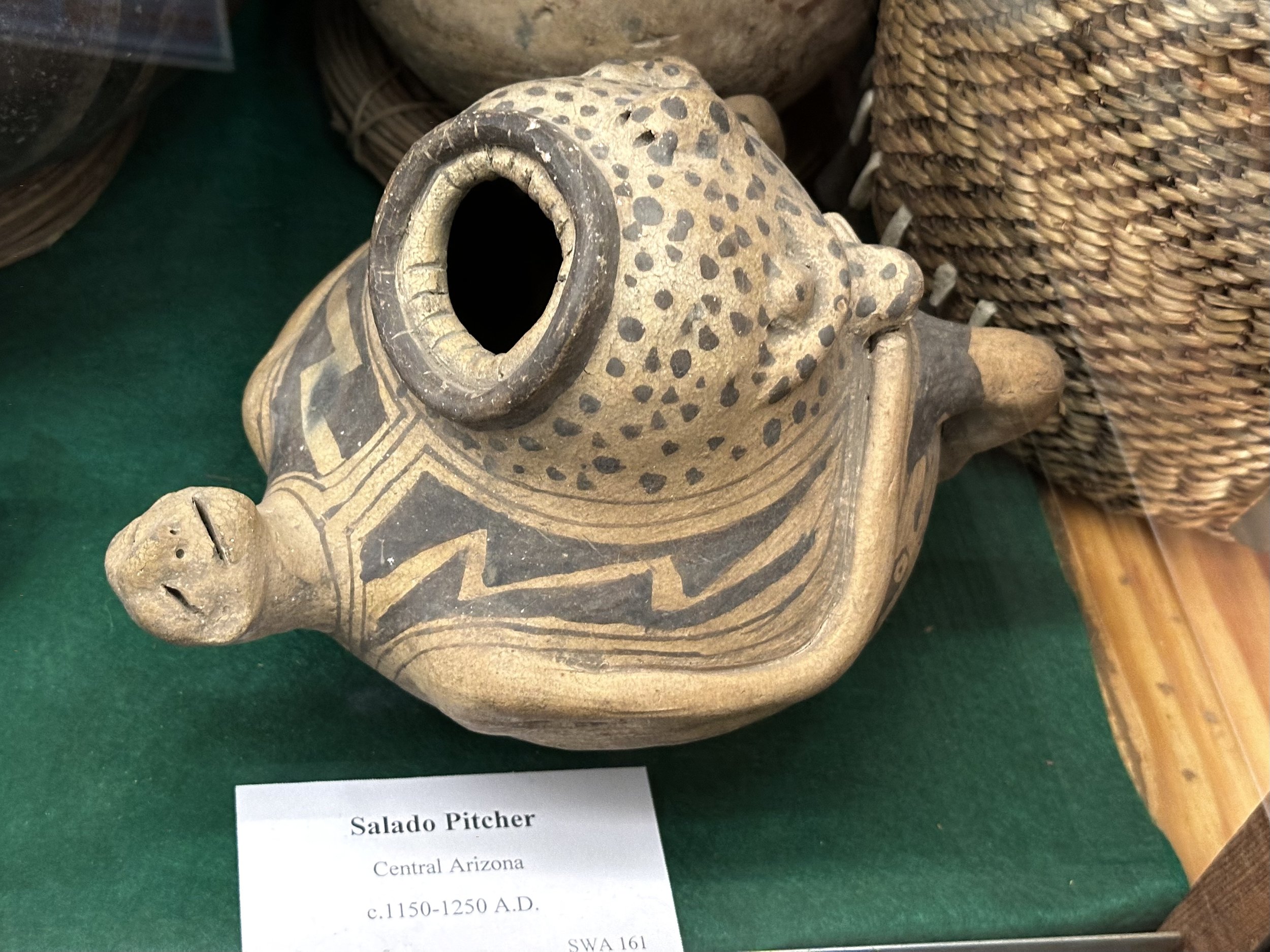
Sequoia sempervirens aka, the Coast Redwoods are the tallest living trees in the world. They can reach over 300 feet tall and plenty of em do in the State and National Forest area. Th oldest known tree is 2,200 years old. Surprisingly though, trees only an inch in diameter can be 30 years old and many of the trees can grow 200 feet in less than a hundred years. The tallest tree found so far is 367.5 feet tall, which really can’t be imagined or even photographed well. It’s just something you’ve got to see in person. The Redwoods are naturally resistant to insects and they make great building materials for homes and furniture, which is why they were cut down so egregiously. More are grown than are harvested, thankfully. Redwoods are also extremely old. I’m talking 110 million years old which is an amazingly long time to live on this planet.
The area receives over 80 inches of rain a year so it’s bound to be a little moist, especially with the fog that will roll in or sometimes stay put for days. All that moisture is necessary for the trees that make this place special. And it helps with the moody atmosphere of the beautiful landscape.
The moisture’s also necessary for the amazing Banana Slug which needs a wet world just to survive. The Banana Slug is one of the largest slugs in north America at up to 10 inches long. They can travel a whopping 6 and a half inches per minute… okay, that’s actually impressive for a slug. In the Redwood forests, they’ll eat the saplings of all other plants and trees on the forest floor but they’ll leave the Redwood saplings alone so they have a symbiotic relationship with the giant Redwoods. The tall trees then create a moist and shaded environment which the slug needs to survive and get around.
Also, be on the lookout or, rather, have your ears open to the haunting sound of the Varied Thrush. The bird lives high in the trees and its eerie call is quite alien sounding. Which makes sense on account of the Redwoods being Endor, the home of the Ewoks.
The area is also surprisingly seismically active, which is because it’s the place where the three tectonic plates meet; the North American Continental Plate, the Gorda Plate, and the Pacific Plate. This seismic activity is most pronounced at Cape Mendocino. Cape Mendocino is reached by the amazing Lost Coast Highway.
The American Indian Sinkyone people who historically lived here for a couple thousand years, speak an Athabaskan language. Which is very closely related to the Apache and Navajo languages of the American Southwest. I explain the possible reasons for that in my upcoming Apache series, so stay tuned. The Sinkyone American Indian People’s trade goods have been found as far as the Eastern coast.
When the Europeans arrived in the 1850s, the settlers cleared the trees and forests in droves to make way for… farms. But then the lumber industry became vital. I’m much more okay with the idea of using the wood as opposed to clearing it for farmland. In reality though, the entirety of California is covered in cattle land, it seems. Even in the beginning though, the Redwood trees were seen as more valuable and significant alive. By 1918, the Save the Redwoods League was formed to do just that. And thank goodness they did.
